Krzesiny 2011-03-01
The airport in Krzesiny near Poznań.
Geographic coordinates: 52.333N 16.963E.
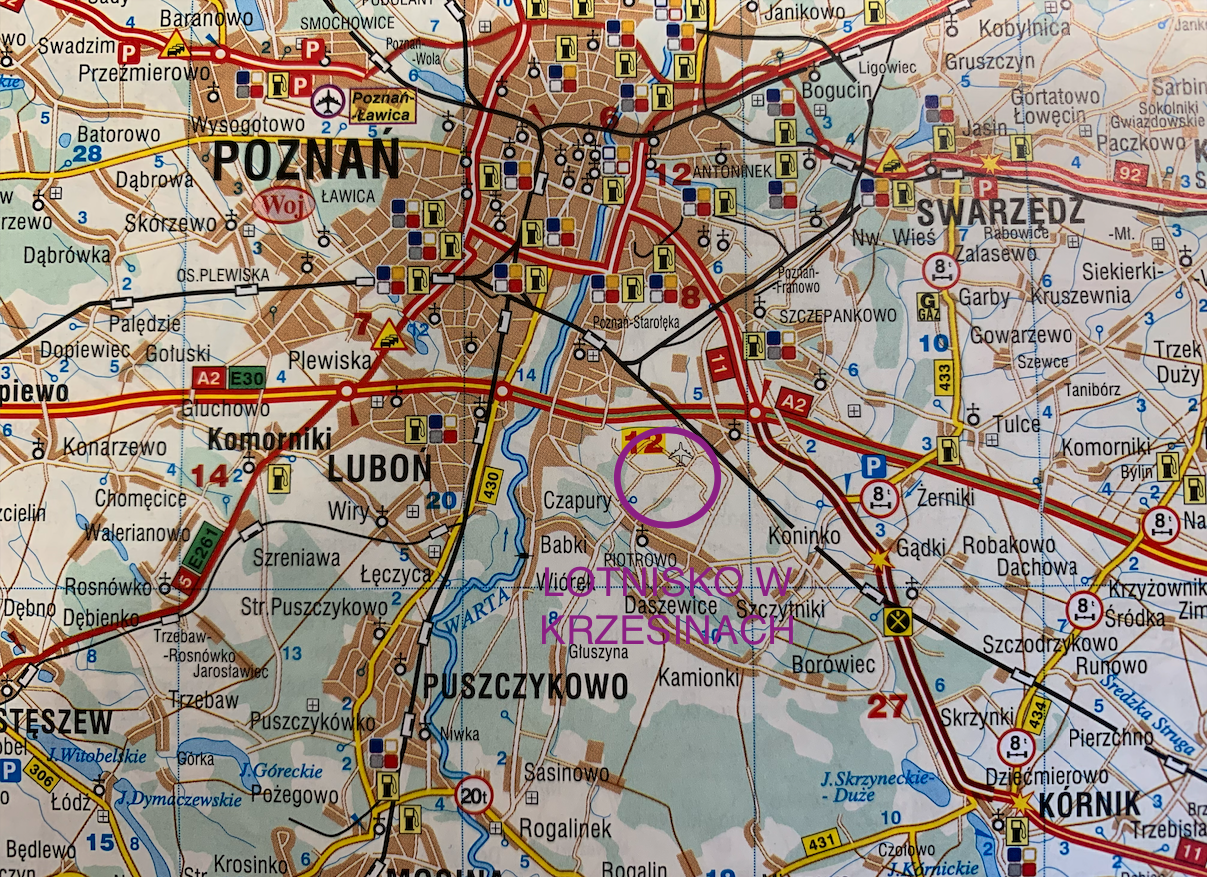

The history of the airport in Krzesiny.
The beginnings of the Krzesiny Airport date back to World War II. The production of aircraft in Poznań was planned by the head of the Focke Wulf concern, Eng. Kurt Tanka. Parts for the Fw 190 fighters were produced in the Poznań International Fair Halls (Poznań City Center). Final assembly halls were built in Krzesin, where individual components from the Market Halls were delivered. Also wings that were produced somewhere in Germany. A makeshift take-off field was built next to the hall in Krzesiny, which became the beginning of the present airport. The Focke-Wulf factory near Gądki in Krzesiny was given the code name "Waldhütten u. Waldwerke", which in free translation means "Forest huts of the Forest Works".
On April 9, 1944, the Allies carried out a bomb raid on the Focke Wulf plant. The main strike was made by American B-17 bombers. The halls at the fairgrounds were seriously damaged. The Germans moved all production to Zegrze and Gądki (Krzesiny). In Zegrze, planes were assembled in Fort 1a. The Allies repeated the raid on May 29, 1944 (it was the second day of Pentecost), having detailed information about the location of individual assembly plants. The raid was also aimed at the airport, railway station and railway junction. The factory in Krzesin was badly damaged. It was then that the Germans decided to locate the plants in various places in the outskirts of Poznań. The choice fell on Prussian forts number I and II on the right bank of the Warta and the forests surrounding Gądki in Poznań.
For the purposes of production in Krzesiny, a large production hall with appropriate equipment was built. There were production halls with dimensions of 15 x 100 m with a five-meter spacing of load-bearing pillars and the same halls without the abovementioned pillars, as well as transhipment warehouses to the plant railway. The Focke-Wulf plants resumed production in the summer of 1944, keeping the downtime shortened to a minimum. Production continued until January 25, 1945, when the first Soviet reconnaissance appeared near Poznań.
Mainly Poles were assigned to forced labor in Focke Wulf's factories. - "Work from early morning (06:00) to 19:00 in the evening drilling holes and welding. It was forbidden to talk or move away from the workshop at work. Each mistake was treated as sabotage, punished by beatings and dark circles. The employees were almost exclusively young people, ”recalled one of the workers, Bogumiła Zofia Pawuła-Żabińska, a native of Poznań. At the end of the war, most of the Polish workers were transported from Poznań to factories in Bremen and Rostock. After the war, the assembly plant in Zegrze was transformed into the PZL plant.
In 1945, the Krzesiny Airport was occupied by the Soviets. The Soviets settled at the airport until 1954. There is no information as to whether a Soviet combat unit was stationed here.
Polish army. 1950.
As part of the development of the Polish Military Aviation, at the beginning of 1950, it was decided to establish new air units. On July 11, 1950, the Minister of National Defense issued the organizational order no. 070 / org. on the basis of which the 11th PLM Defense Anti-Aircraft Area of the Country was formed, as JW 3779 with the formation site at Poznań Ławica Airport. The equipment was Yak-9 fighter planes. The 21st Airport Service Battalion stationed at Poznań Ławica Airport became the supply base.
The current deputy commander of the OSL in Dęblin for basic pilotage, Major pil., Was appointed the commander of the 11th PLM. Zygmunt Ostrowski, former PSP officer in the West, former pilot of the 318th Fighter Squadron, who assumed this position on October 14, 1950. The process of forming the 11th PLM was very difficult. There was a shortage of staff and equipment that quickly fell apart. At the same time, the 7th PLB (Bomber Aviation Regiment) operated at Ławica Airport and another new Regiment was being formed and trained - the 21st Regiment of Reconnaissance Aviation. It was a regiment with different equipment and had completely different tasks. The regiment was used by Pe-2 FT and Tu-2 S planes. It was really crowded at the Ławica Airport. Therefore, the Soviets agreed to temporarily transfer the 11th PLM to the Krzesiny Airport.
After the transfer of the 7th PLB to the Malbork Airport, the entire 11th PLM returned to the Ławica Airport. Here, the 11th PLM completed the formation process and began service in the composition of two Squadrons, with the Jak-9 M and Jak-9 P planes. Apart from combat aircraft, the Regiment was equipped with training planes Jak-9 W, Jak-11 and Po-2.
In April 1951, the 11th PLM was once again transferred to the Krzesiny Airport, which was still managed by the Soviets. The 55th Airport Service Battalion was established to serve the Krzesiny Airport.
The 11th PLM regiment was not subordinated to the National Area Air Defense Command, but was directly subordinate to the Military Aviation Command. The reason was the specificity of the regiment. Although it was supposed to be a typical fighter regiment, it actually became a unit training OSL graduates from Radom for fighter planes.
The Korean crisis and, consequently, the decisions of the tsar in the Kremlin, caused pressure on Poland to develop the Polish Military Aviation beyond the actual defense needs. On December 11, 1951, the order of the Ministry of National Defense No. 0096 / org was issued, in which it was decided to include the 11th PLM in the newly formed 11th Fighter Aviation Division in Świdwin. This tactical relationship was to include; JW. 3779 - 11th PLM at the Zegrze Pomorskie airport, JW. 4600 - 24th PLM at the Świdwin airport (newly formed), JW. 4519 - 27th PLM at the Świdwin airport (newly formed). However, these plans were not implemented. The 11th PLM was never included in this Division.
In September 1952, selected personnel were trained for turbojet airplanes. The basic equipment was to be the Jak-23 airplanes. It turned out that the plans for the development of Polish Aviation are beyond the possibilities of the country devastated by the war. It was decided that the divisions would be only two-regiment. Therefore, on November 19, 1952, the Order of the Ministry of National Defense No. 0078 / org was issued, according to which, on December 31, 1952, the 11th PLM joined the newly established 6th Fighter Aviation Division in Wrocław along with the 3rd PLM stationed at Strachowice Airport. Nevertheless, the main task of the regiment was still to train new adepts of the aviation school in Radom.
In December 1952, the first Yak-17 W Agata turbojet-powered training and combat planes were delivered to the unit. In February 1953, the first combat Yak-23s arrived, which were transferred from other Polish units. The reciprocating Yak-9 P planes used so far are successively transferred to OSL-5 in Radom, 21st PLZ and to repair plants. In March 1953, Yak-11 planes were replaced by Yak-18 planes, which were more helpful in training future turbojet pilots.
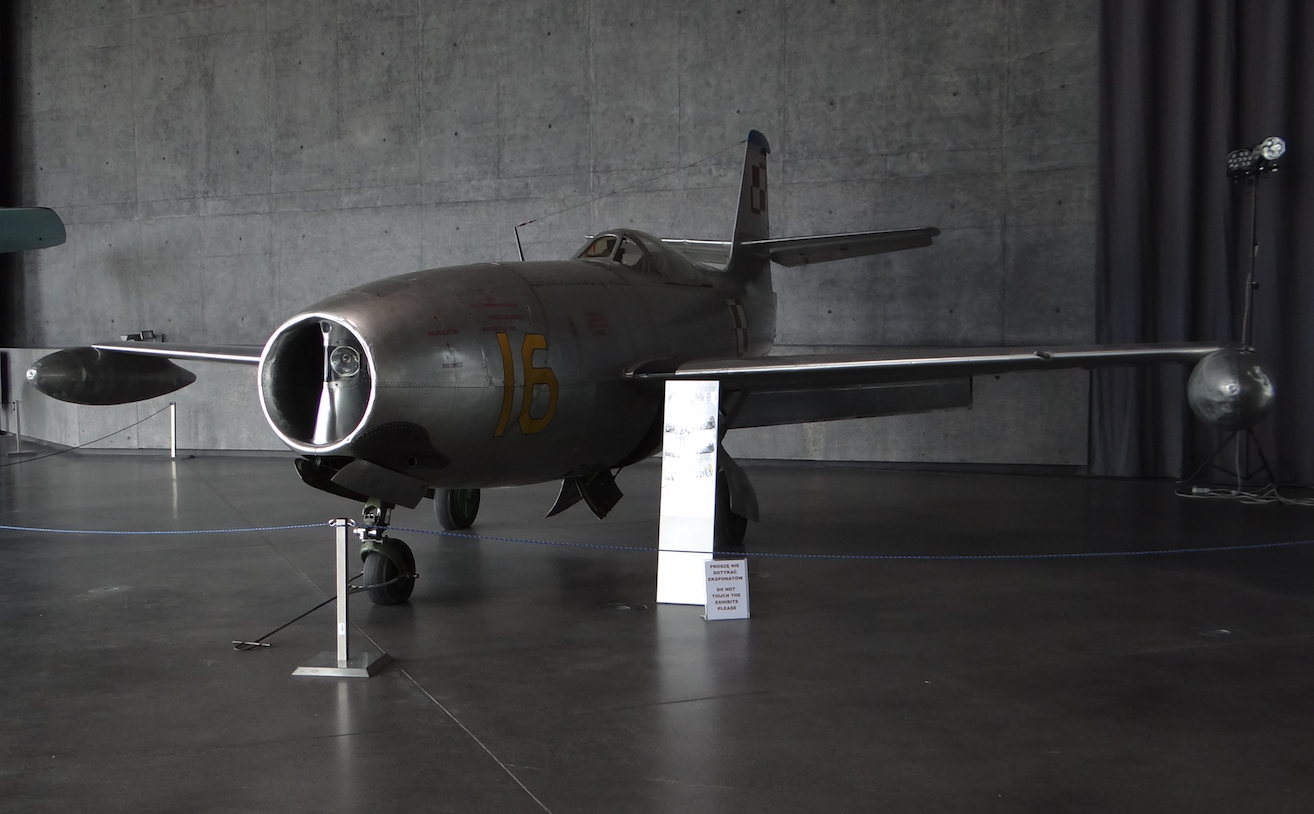
In September 1953, the first MiG-15 UTIs, also obtained from other Polish units, were delivered to the 11th PLM. It was a big step towards modernity in relation to the already obsolete Yak-17 W Agata aircraft. At the same time, it testified to the rapid conversion of the Regiment with Lim-1 (MiG-15) planes.
1954.
1954 came, which was a year of major changes in the Polish Military Aviation. These changes did not spare the 11th PLM. Only now (not 10 years after the end of World War II) have the generous hand over the Krzesiny airport to the Polish side. (Although it should be remembered that until 1957, the generous held all the most important command positions in the Polish Army). In 1954, the management of the airport was taken over by the Polish Military Aviation.
A large number of modern fighter planes (Lim-1/2) resulted in a great demand for further training of aviation school graduates in training and combat units. Apart from Radom, the school in Dęblin also started training fighter pilots. It became necessary to create a new Fighter Aviation School and Training Regiment. Let us recall that these tasks were carried out by the 11th PLM so far, which was decided to move to purely hunting tasks. In September 1954, the order of the Ministry of National Defense was published, on the basis of which the 62nd Fighter Aviation Training Regiment was created on the basis of the 2nd Squadron of the 11th PLM, with the seat of the Krzesiny Airport and included in the 6th DLM. The 11th PLM was, under the same ordinance, subordinated to the 10th DLM in Słupsk with a simultaneous change of basing to the new airport in Debrzno.
At the end of August 1954, the first MiG-15 planes arrived at the Krzesiny Airport, handed over from the 5th DLM with the command in Warsaw. Interestingly, the ferrying was performed by the pilots from the 3rd PLM Strachowice, who were the first in the 6th DLM Wrocław to be authorized to pilot them. At the end of September 1954, it was decided that all MiG-15 planes would remain in Krzesiny as equipment of the 62nd PSTLM. All Yak-23s were handed over to OSL-5 Radom. On the other hand, the 11th PLM moved to Dębrzno with modest forces; two MiG 15 UTI, 3 Jak-9 P and CSS 13. The 55th BOL was also rerouted by wheel throw. Even then, the Regiment was waiting for new Lim-1 planes.
The host of the Krzesiny Airport was the 62nd Fighter Aviation School and Training Regiment. Officially from September 4, 1954, and the formation began on September 17, 1954 (or September 7, 1954). The unit was established as a two-squadron union. Operationally, the military unit was subordinate to the 6th Fighter Aviation Division of the OKL. Already in 1957, the Regiment was transformed into the combat 62th Fighter Aviation Regiment, and in 1958, the regiment was named after the Greater Poland Insurgents 1918-1919.
1955.
In 1955, the Warsaw Pact was established. It forced changes in the Polish Aviation. As a result, in 1957, as part of the reorganization of military aviation, the Regiment from Krzesin became a combat unit and as the 62nd Fighter Aviation Regiment became part of the 3rd Polish Air Defense Corps.
The 3rd Polish Air Defense Corps with its headquarters in Wrocław had four Fighter Regiments: 3rd PLM Wrocław, 38th PLM Powidz, 45th PLM Babimost, 62nd PLM Krzesiny. Additionally, there were: 44th Liaison Aviation Squadron from Wrocław, 14th Air Defense Artillery Regiment in Wrocław, 98th Air Defense Artillery Regiment in Poznań, Radio Engineering Battalions; 18th Battalion Poznań-Ławica, 22nd Battalion Wrocław-Starachowice.
In 1954, we know that the infrastructure of the Krzesiny airport was very poor. The buildings were provisionally adapted to the functions entrusted to them. They did not even meet the standards of that time. All the roads around the airport were gravel, even the taxiways. Only two RWYs were concrete. They coincided with those existing to this day (2011), but had smaller dimensions. They were shorter and narrower.
Initially, the regiment had two-seater UTI MiG-15, MiG-15 and Lim-1 planes, but in 1955 the regiment received the first Lim-2 planes. The regiment also used the piston Yak-11. The unit's instructor staff was supplied by cadets trained in the regiment. During the three years of operation of the 62nd PSzk-TLM, over 230 pilots from other regiments and three groups of cadets were trained in it. During this period, the Regiment had a flight time of 7,500 hours.
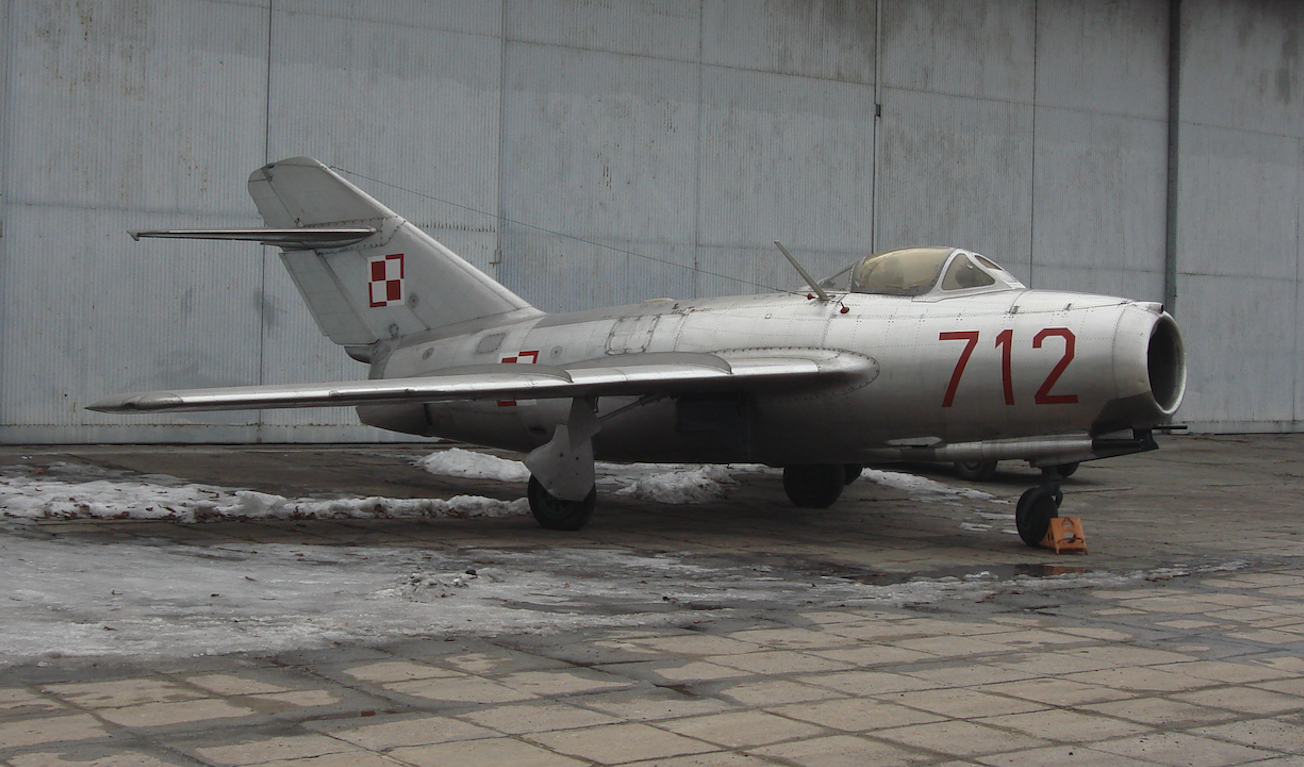
After the events of June 1956 in Poznań, pilots from the PSP in the West trained in the Regiment and were restored to military service. They included: Major Pilot Stanisław Skalski, Major Pilot Wacław Król, Major Pilot Witold Łokuciewski, Major Pilot Tadeusz Góra, Major Pilot Ignacy Olszewski.
From 1957, the 62nd PLM began on duty in the country's air defense system. On October 13, 1957, the Regiment received the banner from the hands of the pilot general Jan Raczkowski. The banner was funded by the staff of the Hipolit Cegielski Factory in Poznań. On September 6, 1958, at the request of the people of Poznań, and mainly employees of the Hipolit Cegielski Factory in Poznań, the Ministry of National Defense gave the 62nd PLM a distinguishing name with the name of the Wielkopolska Insurgents 1918. - 1919 This name lasted until the beginning of the 90's, when it was forbidden to use collective heroes' names. In 1958, the 62nd PLM was equipped with new Lim-5 planes. These planes entered the status of the newly formed 3rd Squadron in the Regiment, which had been a two-squadron until now.
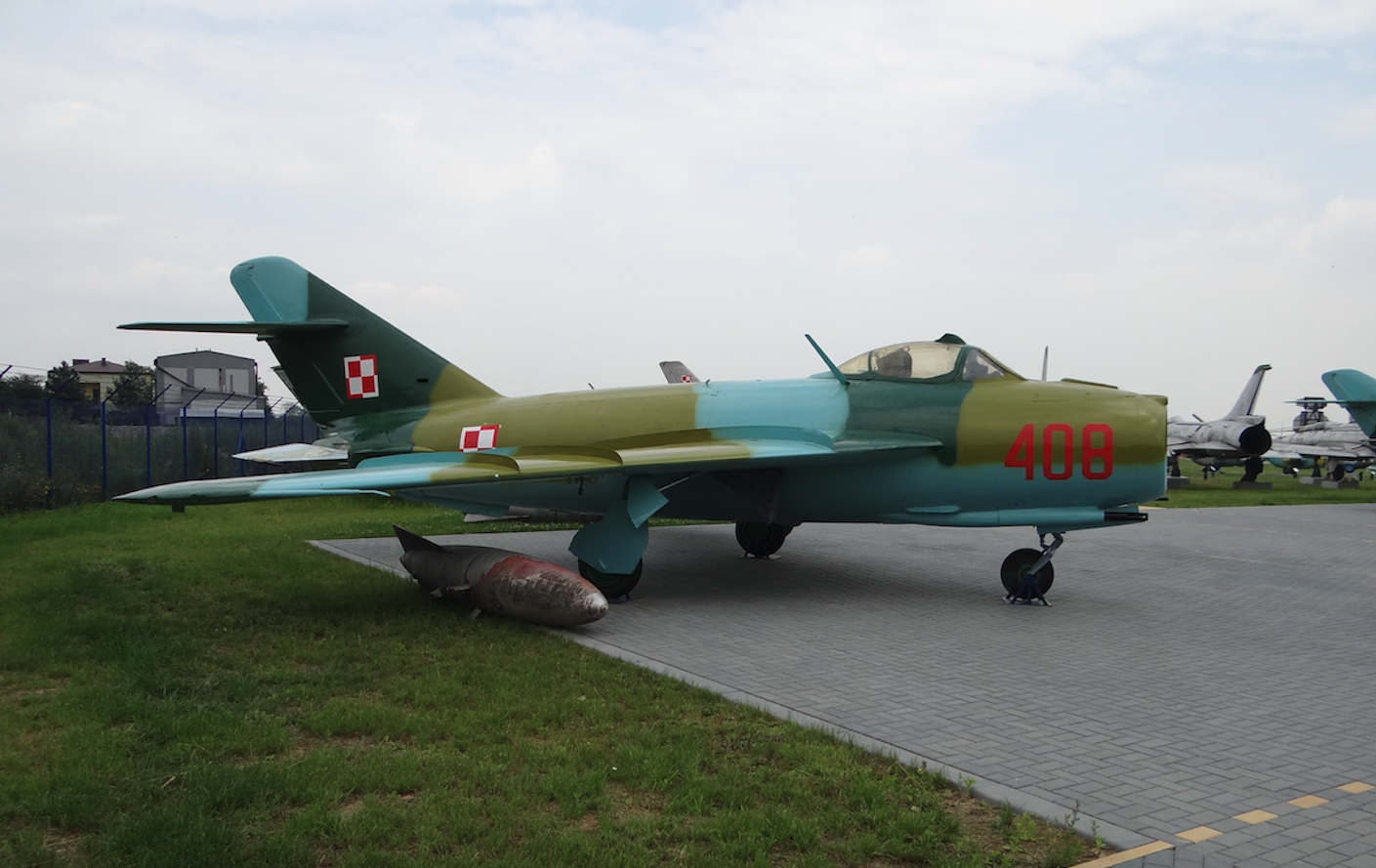
MiG-19 in the 62nd PLM. 1959.
In the period from May to September 1958, pilots of the 62nd PLM, captains: Skrzydłowski and Góra, and lieutenants: Makarewicz, O vacko and Sobczyk (all from the first squadron), participated in the pilot training course for MiG-19 fighter pilots at the Higher School of Pilots in Modlin.
Technical services, previously part of air squadrons, were excluded from them. A technical squadron (DT) consisting of three technical squadrons was formed in the 62nd PLM. A missile elaboration section (SER) was also established. The engineering section of the regiment was also subordinated to the commander of the technical division, along with the technical service department that was subordinate to him, which was established in 1957. In 1959, MiG-19 planes were accepted into the status of the 1st Squadron in Krzesiny. These were probably only the MiG-19 PM versions. MiG-19 P, PM planes were in the equipment of the 1st Squadron 62 PLM until 1962. As the Regiment was selected to accept the state-of-the-art MiG-21 F-13 aircraft, the MiG-19 P and PM in its possession were transferred to the 28th PLM and 39th PLM. As early as 1963, the last MiG-19 was handed over to the 39th PLM in Mierzęcice.
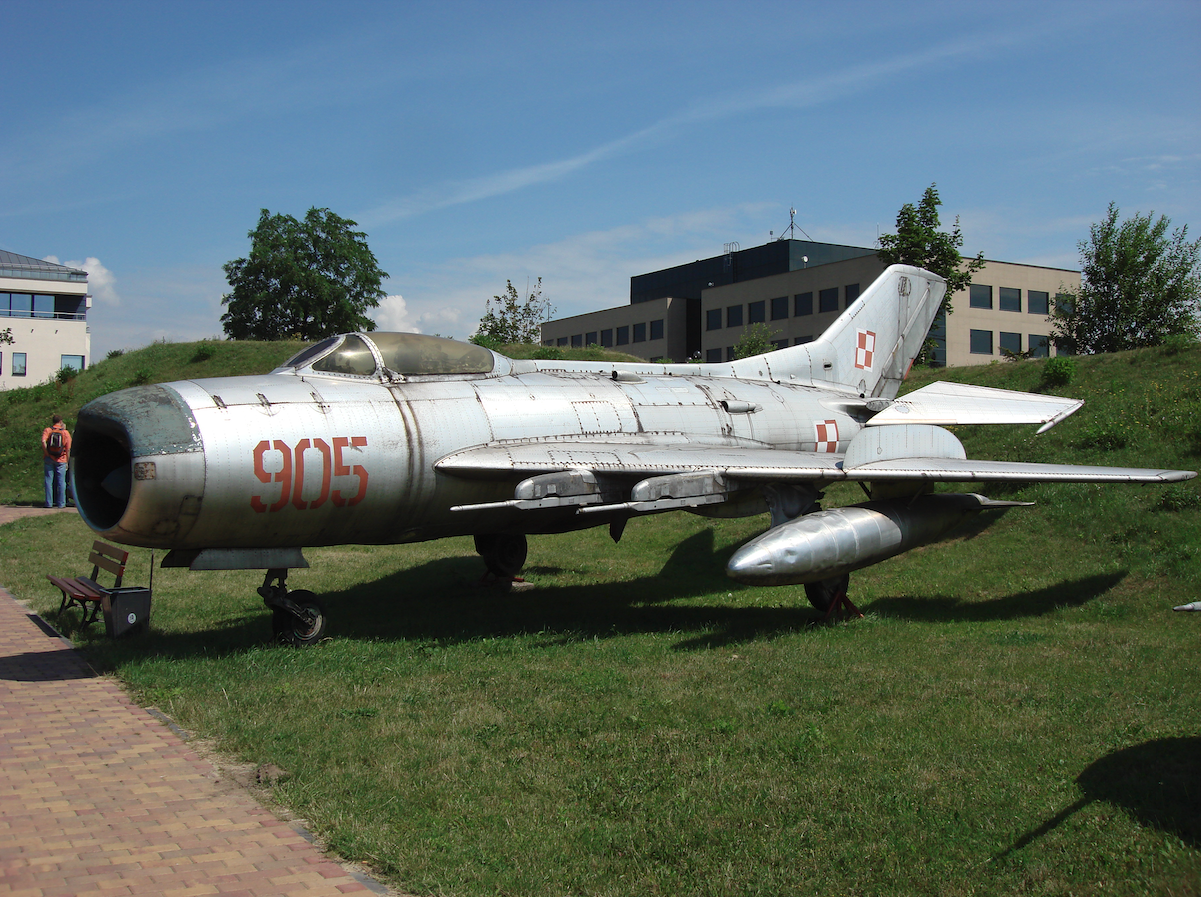
Written by Karol Placha Hetman
To be continued.
